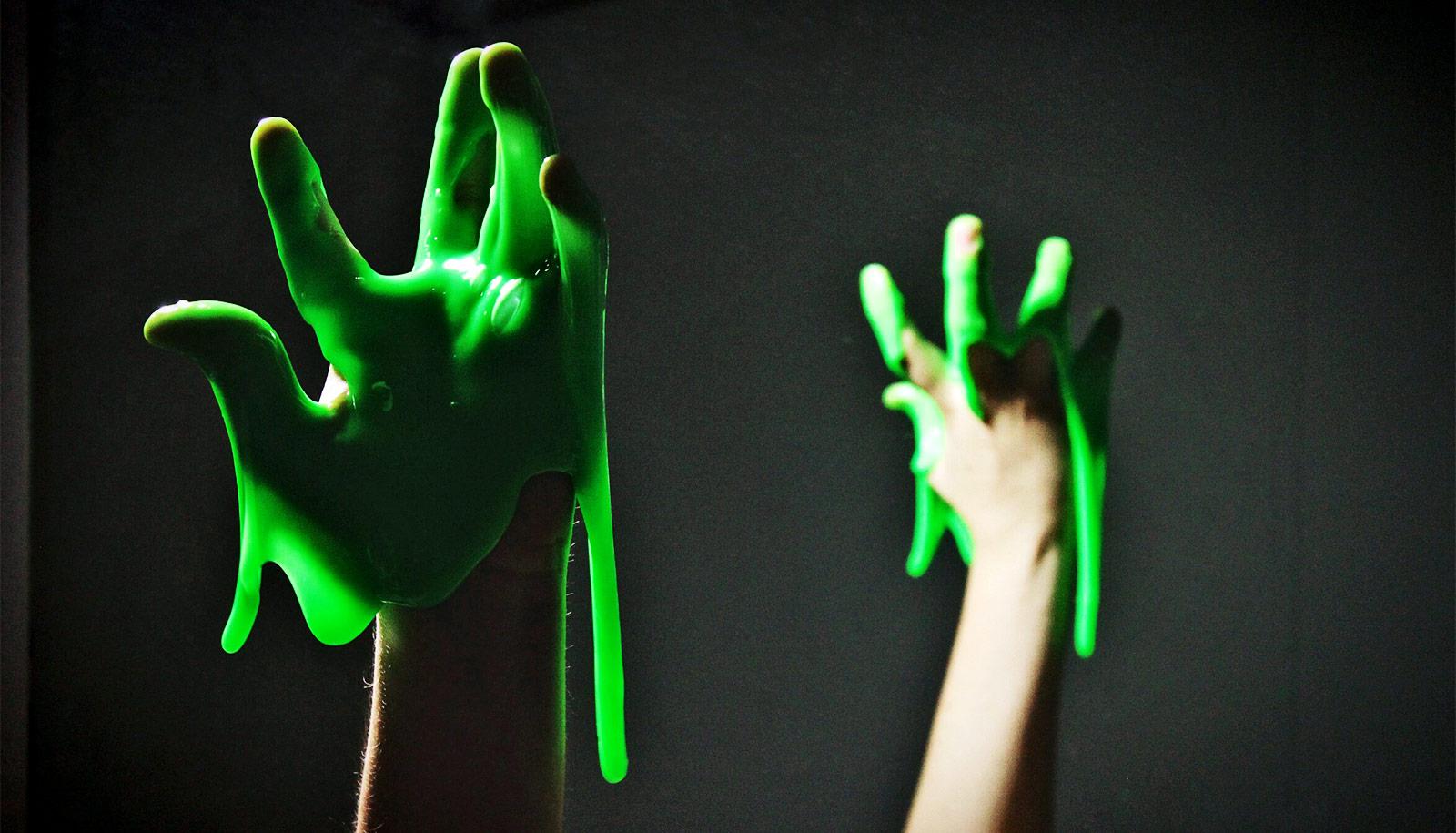Amoebae teamed up to form world’s oldest slime mold

Slime has been present on Earth for almost 2 billion years, according to a reassessment of fossil evidence.
The new research confirms that a fossil from Western Australia is the planet’s oldest known land-dwelling slime mold.
The fossil in question, Myxomitodes stirlingensi, is a hairpin-shaped trace of biological activity from the rocks of the Stirling Range, a mountain region 200 miles southeast of Perth. The fossil has long sparked debate both about the specific life form it represents as well as the paleoenvironment it inhabited.

“They have been interpreted as trails of metazoan animals and often as marine organisms,” says Greg Retallack, a geologist at the University of Oregon who is director of the Condon Fossil Collection at the Museum of Natural and Cultural History. “Though they resemble animal trails they probably were not.
“Slime molds make similar trails but lack any animal organization: no mouth, no gut, no anus, no nerves, no veins. And we are seeing these fossils at the surface of ancient terrestrial soils, making them additional evidence of life on land during the Paleoproterozoic Period.”
Retallack says that while slime molds are not themselves multicellular, they might hold important clues about how multicellular organisms evolved.
“Myxomitodes were amoebae that live dispersed in soil, but these traces of their movement demonstrate that they could coalesce into a slug that wandered over the soil as a unit, possibly to sense better feeding opportunities or a place to sporulate, and then disaggregate once again into single cells,” he says.
“This may demonstrate an early stage in the evolution of multicellular creatures, bridging the gap between microbes and more complex life forms.”
The research appears in the journal Palaeogeography, Palaeoclimatology, Palaeoecology. Xuegang Mao of China’s Fujian Normal University is the paper’s coauthor.
Source: University of Oregon
The post Amoebae teamed up to form world’s oldest slime mold appeared first on Futurity.
